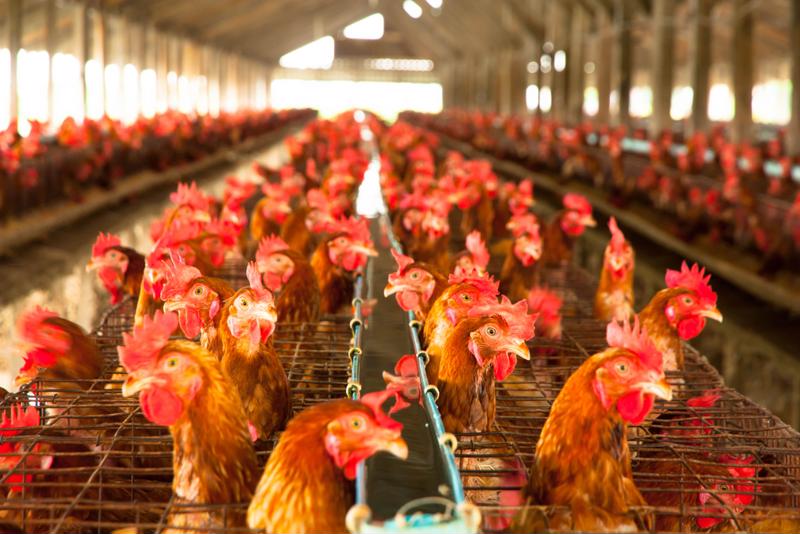According to multiple sources, million of chickens from roughly half of the U.S. have died as a result of avian flu. The highly transmissible virus is believed to have impacted egg-laying flocks in at least 24 states, according to National Public Radio, killing up to as many as 22 million birds. Some of the birds died from the virus itself, but most were culled by poultry farmers as a precautionary measure.
That's a tremendous amount of eggs that will be taken out of the supply chain pipeline, especially for a country that is among the world leaders in egg consumption, albeit in lower per-capita volumes than in previous years.
Iowa taken largest losses
Some states have been hit harder by the outbreak than others. Chicken farmers in Iowa, for example, have killed off at least 13 million birds, with nearly half of those cullings occurring at a facility in Osceola, according to the Department of Agriculture. The Hawkeye State leads the nation in overall egg production, according to the United Egg Producers. Indiana and Ohio, which round out the top three, are some of the other states the avian flu has reached.

Iowa-based poultry farmer Ben Slinger has emerged unscathed from the flu strain thus far, but he knows what it's like to be impacted. Slinger told NPR he lost tens of thousands of turkeys in 2015 when some of them became infected with a strain at the time. He's since learned from that experience and is taking precautions with this flock to stymie transmission.
"We know what the aftermath of that is like, and it is pretty disheartening," Slinger said.
5-day supply of eggs nationally
Even without a deadly pathogen decimating flocks, the poultry industry is a shell of its former self. In 2019, for example, there were 340 million egg-laying hens nationwide, CoBank reported from government data. That number has since fallen to roughly 322 million. Some of these losses derive from there simply not being as many poultry farmers as there used to be, while others stem from compliance and regulatory scrutiny that has made remaining in business unsustainable. Combined with the overall supply chain complications, egg inventories are down from their former perch. Indeed, there are approximately 1.6 million 30-dozen egg cases on hand at a national level, based on the most recent weekly figures available from the U.S. Department of Agriculture. Based on the rate of consumption, this translates to around five days' worth.
These inventory pressures combined with inflation have pushed egg prices increasingly higher, both for wholesale and retail. For the week of April 4, a dozen large eggs were selling for an average of approximately $2.60, up from $1.60 in January, the USDA said.



Post A Comment:
0 comments so far,add yours